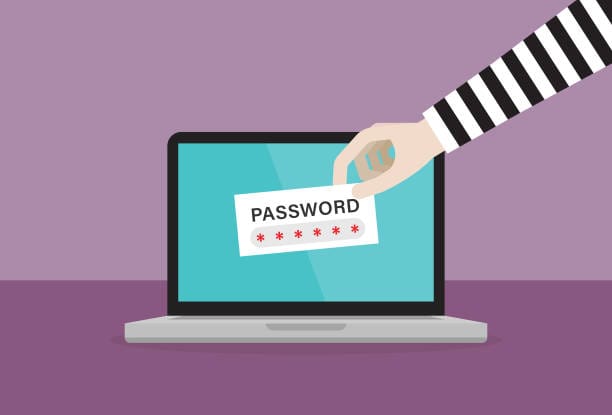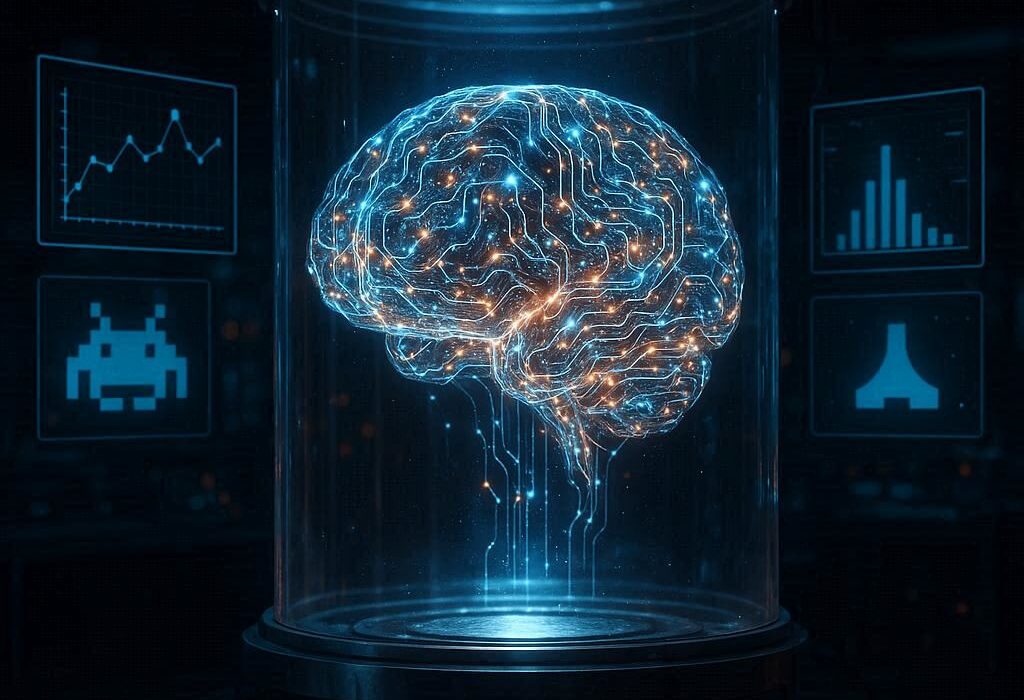Every day, billions of invisible conversations happen across the internet — your banking app confirming your balance, your email syncing messages, your favorite store remembering your shopping cart. All of these interactions have one common guardian: your password.
It is easy to underestimate its importance. A password can feel like a dull formality, a small nuisance before you get to what you actually want to do. But in the vast and unforgiving landscape of cyberspace, a password is your lock, your gate, and sometimes your last line of defense. Without a strong one, your private world — bank accounts, personal messages, family photos, work documents — can become an open book for strangers.
And those strangers? They are not always lone hackers in dimly lit basements. Cyberattacks are increasingly automated, industrialized, and relentless. Bots roam the internet, testing billions of stolen or guessed passwords every day, seeking just one slip in the armor. One weak password is often all it takes.
The Evolution of Passwords and Why Old Habits Die Hard
In the early days of computing, passwords were simple out of necessity. Systems were smaller, networks were contained, and the threats were often from inside rather than from across the globe. A four- or six-character password seemed adequate. People chose names, birthdates, or short words, confident that few others had reason or ability to guess them.
The world changed. The internet connected not just offices but entire continents. Suddenly, your bank account login wasn’t just sitting on a local machine; it was accessible from anywhere in the world — to you and to anyone who could guess or steal your password. Yet human habits lagged behind technological change. Many still use predictable combinations like “123456” or “password,” and millions reuse the same password for multiple accounts.
These habits are comforting but dangerous. A password you remember easily is often one that someone else — or their software — can guess easily, too. The irony is that strong passwords seem, at first glance, to be inherently forgettable, a mess of symbols and numbers. And so the struggle begins: how to make something strong enough to resist attack yet memorable enough to live in your mind without a cheat sheet taped under your keyboard.
The Science Behind a Strong Password
Strength in a password comes down to one word: entropy. In security terms, entropy is a measure of unpredictability. The more possible combinations of characters your password could have, the harder it is for an attacker to guess it, even with powerful computers.
Imagine a password that’s only four digits long. That’s 10,000 possible combinations — enough to keep your younger sibling from guessing it but easy prey for a modern cracking program, which can cycle through all possibilities in a fraction of a second. Add more characters, and the possibilities grow exponentially. Add complexity — uppercase, lowercase, numbers, symbols — and it grows even faster.
Yet randomness alone doesn’t solve the human problem. A truly random sequence like “m7^B9!zQ4$” is strong but hard to recall unless you write it down, which can itself create a new vulnerability. Security, therefore, is a balancing act between strength (measured in computational difficulty) and usability (measured in human memory).
The Enemy at the Gate: How Passwords Get Cracked
Before crafting a strong password, it’s important to understand the threats it faces. The most common method is a brute-force attack, where software tries every possible combination until it finds yours. The stronger your password, the longer this takes — potentially centuries, if it’s truly robust.
A more refined cousin is the dictionary attack, which uses lists of common words, names, and phrases, often drawn from massive leaks of real passwords. If your password is “Sunshine123” or “iloveyou,” it’s already in one of these lists.
Then there’s credential stuffing, where attackers take usernames and passwords from one breached site and try them on others, counting on people reusing credentials. If your social media password is the same as your email or bank login, a breach in one place can cascade into disaster elsewhere.
Phishing, keylogging, and social engineering add another layer: attacks not on the password itself, but on you. Even the strongest password fails if you’re tricked into revealing it.
Building Strength Without Losing Memory
The art of password creation lies in finding a way to generate complexity while preserving memorability. One of the most effective approaches is to construct passwords from passphrases — strings of unrelated words, perhaps tied together with numbers and symbols.
A random string of four or five words like “tulipdragonmirror7cloud” is vastly harder to crack than a single word with a number at the end. It has length, which is crucial, but also contains elements the human brain can recall more easily than a jumble of unrelated characters.
Another strategy is to base your password on a sentence meaningful to you, then modify it. For example, take the sentence “I first met Sarah in Paris in 2007” and use elements from it to create “IfmSiPi2007!”. To anyone else, it’s gibberish. To you, it’s a memory.
Avoiding the Traps That Weaken Passwords
Some pitfalls are obvious: never use “password,” your own name, or “123456.” Others are subtler. Avoid sequences that match keyboard patterns like “qwerty” or “asdfgh.” Don’t rely on changing just one character when updating passwords; attackers often anticipate this.
Be wary of predictable substitutions, like “pa$$word” for “password.” Automated cracking tools account for these tricks. Similarly, avoid incorporating publicly available information — your birthday, phone number, or the name of your pet you post about on social media.
The Role of Password Managers
Even with the best memory techniques, truly unique passwords for every account can be hard to maintain. This is where password managers become invaluable. These tools generate and store strong passwords, encrypting them so you only need to remember one master password.
A good password manager can sync across devices, automatically fill credentials, and alert you to breaches involving your stored passwords. While no system is infallible, using one reduces the likelihood of relying on weak or reused passwords — and it’s far safer than keeping a spreadsheet or notebook of logins.
Multi-Factor Authentication: The Second Wall
Even the strongest password can be compromised. That’s why many services offer multi-factor authentication (MFA), requiring something you know (your password) and something you have (a code sent to your phone, a hardware key, or an authentication app).
MFA drastically reduces the risk of unauthorized access, because an attacker would need both your password and your second factor to succeed. While it adds a small step to logging in, the security payoff is immense.
Password Hygiene: The Habit of Safety
Creating a strong password is only part of the battle; maintaining good password hygiene is equally important. Change passwords immediately after a breach. Review old accounts you no longer use and close them rather than leaving dormant passwords floating in the digital ether.
Regularly check your credentials against breach databases — many reputable tools allow you to do this without compromising your privacy. And remember: your security is not a one-time setup but an ongoing practice.
The Psychology of Memory and Security
Our brains are not naturally wired for remembering strings of random characters. They excel at patterns, stories, and imagery. Harnessing this is key to creating memorable passwords.
Consider visualization: if your password is a passphrase involving “elephant,” “sunset,” “piano,” and “river,” you can imagine a scene — an elephant playing a piano by a river at sunset. This mental image can anchor the words firmly in your mind, allowing you to reproduce them even years later.
You can also use rhythmic repetition or association with music, much like remembering song lyrics. The stronger the mental hooks, the less tempting it will be to write passwords down.
When Strength Meets Convenience
Security experts agree: the strongest password is the one you can actually use. If a password is so complex you can never remember it, you’ll either avoid using it or find insecure workarounds.
This is why a balance between complexity and memorability is critical. A 20-character passphrase of random words is more usable than a 12-character mess of symbols that you can’t recall without a note.
Technology is beginning to help bridge this gap. Biometric authentication, security keys, and evolving standards like passkeys aim to make secure access easier and faster, without relying entirely on human memory. But until such methods are universally adopted, mastering the art of strong, memorable passwords remains essential.
The Emotional Side of Digital Security
While passwords are technical tools, the stakes they protect are profoundly personal. Behind every password is a story — the first email you ever sent, the photos you took of your child’s first steps, the book manuscript you’ve been working on for years, the messages with someone you love.
Losing control of a password can feel like losing control of a part of yourself. The emotional toll of identity theft or a hacked account can far outweigh the inconvenience of setting up strong protections in the first place.
Strong passwords, then, are not just about protecting “data” in the abstract; they are about protecting the moments, relationships, and identities that define you.
Looking Toward a Passwordless Future
The tech industry is increasingly exploring ways to replace passwords with systems that are both more secure and more user-friendly. Passkeys, hardware tokens, and biometric scans may eventually remove the need to remember complex strings altogether.
However, the transition will take time. Passwords, for all their flaws, are deeply embedded in our digital infrastructure. Understanding how to create and manage strong ones remains a vital skill — not just until the next big thing arrives, but for the foreseeable future.
Final Thoughts: Your Digital Signature
Your password is your digital signature, stamped across every corner of your online life. Creating one that is strong, unique, and memorable is an act of both self-defense and self-respect. It says: My life, my work, my relationships — these matter enough to protect.
In the noisy rush of modern technology, a password may seem like a small thing. But like a key to a home or a safe, it embodies the principle that some things are private, personal, and worth safeguarding fiercely. And in an age where so much of who we are lives in the cloud, that principle matters more than ever.






